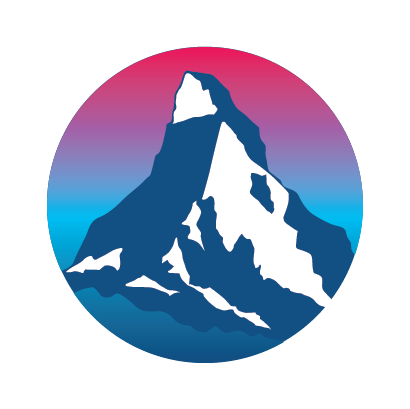
If you’d like to see the Northern Lights, then you’ve gotta head north, and there’s no better place to be than Norway or Iceland. Their locations along (and above) the Arctic Circle make for incredible viewing, especially during the winter.
There’s a problem though. The high northern latitudes that make Norway and Iceland awesome for watching the Northern Lights during the winter also make aurora viewing an impossibility during the summer. The reason is simple. There’s just too much daylight.
A clear, dark sky is the key to effectively viewing the Aurora Borealis. So, the fact that the summer sun does not sink below the horizon for nearly two months in a place like Norway’s Lofoten Islands makes viewing the auroras a non-starter.
Iceland is theoretically a little better. The mainland sits just below the Arctic Circle. This means that Iceland’s summer sun doesn’t stay in the sky for a full 24 hours like it does in Lofoten. The sunset is so brief, however, that twilight on either side the sunrise and sunset prevents the sky from ever turning completely dark.
If mid-summer won’t work, then when is the BEST time to go?
You won’t like this answer, but technically, it’s winter. Winter nights are long and dark, the air is cold (which helps reduce atmospheric water vapor and makes for clear viewing), and electrical conductivity in the ionosphere tends to drop, which sets the stage for a higher frequency of auroral activity. When you’re dealing with something as unpredictable as the Northern Lights, it helps to stack as many cards in your favor as possible.
So you’re telling me I’m screwed if I want to hike in the summer?
Not exactly. While it is true that you’ll have a better chance of seeing the Northern Lights during the winter, they do actually shine year round, which means that late summer, fall and early spring are also viable options. And, the interesting thing about extreme northern latitudes is that the loss (or gain) of daylight (depending on the time of year) is almost exponential. In the Lofoten Islands, for example, daylight shortens by about 1 hour per week from July to September. Therefore, by the time mid August rolls around, you’ll find the sun rising around 4:30 am and setting around 10 o’clock at night. Of course, you’ll have twilight on either side of that, but you’ll still have some darkness each night. By mid September, the sun rises around 6:30 am, and sets around 7:30 pm, offering a dark window of opportunity to view the auroras.
Is this some kind of bait and switch? Your hiking tours run during June and July.
OK. Let’s just say that you shouldn’t count on seeing the Northern Lights if you hike in Norway or Iceland in June or July, especially if you go in June. BUT, you will experience the ethereal light of the ‘midnight sun’ which is equally spectacular. The sun never sets when you get above the Arctic Circle during the summer solstice. Rather, the sun undulates across the sky, kissing the horizon then rising back up again the way a beach ball rides on an ocean wave. Experiencing the ‘midnight sun’ is an authentic once-in-a lifetime experience.
But I really have my heart set on the Northern Lights. What can you do for me?
We do offer private-guided hiking tours in Norway and Iceland (subject to guide and hotel availability), and mid-to-late August would be a great time to try and ‘thread the needle.’ The night skies are beginning to darken, but the rains and cloud cover that usually arrive with September have yet to settle in.
Remember though, that viewing the Aurora Borealis is a lot like gambling. Not only do we have to align all the weather variables, (clear, dark sky, no cloud cover, unstable ionosphere), but we must also cross our fingers that the sun will send a chunk of charged particles to earth during a time that is most convenient for viewing. Solar storms, (and their resulting auroral activity) usually peak in 11 year cycles, and sadly, at the time of this writing, we’re on the downswing of a cycle which peaked back in 2014. This doesn’t mean that the Northern Lights will stop completely until the next peak. It just means that each auroral display is a rare and special gift. The unpredictability is part of the auroral magic that has inspired scores of myths and mesmerized countless civilizations for as long as humans can remember.
Please drop us a line if you’d like to discuss a private tour.
Photo: Aurora Borealis over Kleifarvatn Lake on the Reykjanes Peninsula, Iceland | Photography by SC, Shutterstock





















Comments are closed.